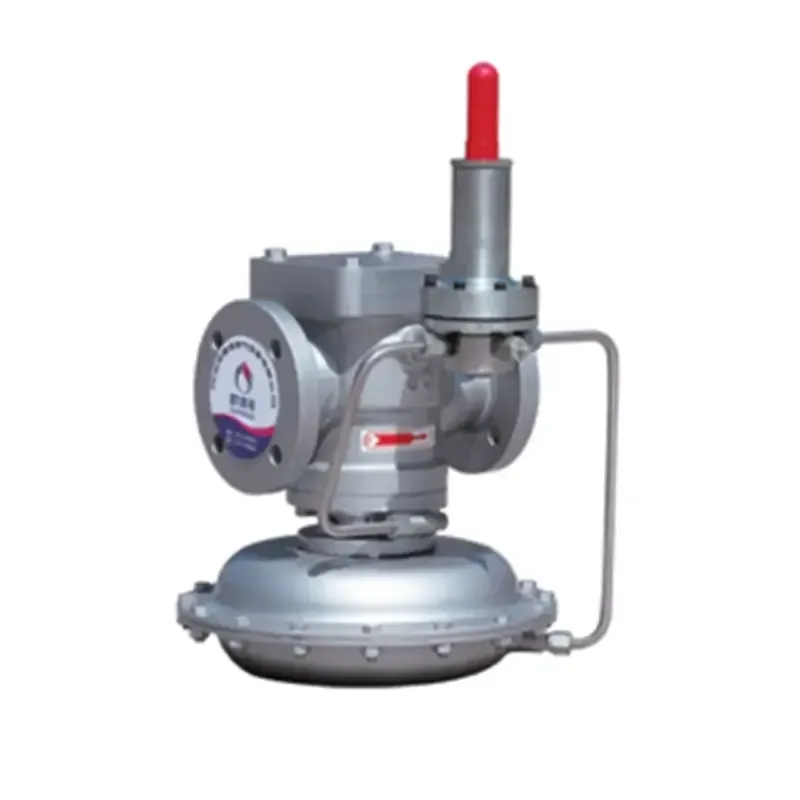
Nov . 10, 2024 10:18
Back to list
Exploring the Functionality and Benefits of Electric Valves in Modern Systems
Understanding Electric Valves An Essential Component in Modern Automation
Electric valves play a crucial role in various industrial processes, providing efficient control over fluid flow in a wide range of applications. As automation becomes more prevalent in industries such as manufacturing, HVAC, and water treatment, electric valves are increasingly integral to achieving optimal performance and efficiency.
What are Electric Valves?
Electric valves are mechanical devices that use an electric actuator to control the opening and closing of a valve. Unlike manual valves, which require physical effort to operate, electric valves can be controlled remotely and automatically, allowing for precise regulation of fluid flow. These valves can be found in numerous configurations, including ball valves, butterfly valves, and globe valves, each tailored for specific applications.
Advantages of Electric Valves
One of the primary advantages of electric valves is their ability to offer reliable automation in systems that require consistent and accurate flow control. With electric actuators, these valves can be programmed to open or close at specific times or in response to certain conditions, thereby enhancing operational efficiency. This automation reduces the likelihood of human error, increases safety, and improves overall system reliability.
Electric valves can also be integrated with modern control systems, such as Supervisory Control and Data Acquisition (SCADA) systems, allowing for remote monitoring and operation. This capability is particularly beneficial in large-scale industrial operations where valves may be difficult to access manually. Operators can monitor valve status and make adjustments in real-time, resulting in better process control and reduced downtime.
Moreover, electric valves often come with features such as position feedback, which provides operators with necessary data to understand the valve’s current state
. This information aids in maintenance scheduling and can prevent costly failures. Additionally, electric valves tend to have fewer moving parts compared to mechanical valves, resulting in lower maintenance requirements and increased durability.electric valve

Applications of Electric Valves
Electric valves are versatile and find applications across various sectors. In the water treatment industry, for example, they are crucial for managing the flow of treated and untreated water, ensuring that systems operate efficiently and safely. In HVAC systems, electric valves help regulate temperature and airflow, contributing to energy savings and improved comfort in buildings.
In the chemical and petrochemical industries, electric valves control the flow of corrosive substances, making it essential for operations that prioritize safety and reliability. These valves can adjust to varying pressures and flow rates, ensuring that processes remain stable and preventing leaks or other hazardous situations.
Challenges and Considerations
While electric valves offer numerous benefits, they are not without challenges. One major concern is the reliance on electricity; a power failure can lead to system shutdowns or safety hazards if not managed adequately. Therefore, incorporating backup systems or manual overrides is essential to ensure safety and continuity of operations.
Additionally, the selection of the appropriate electric valve for a specific application is critical. Factors such as media type, pressure, temperature, and required flow rates must all be considered to ensure optimal performance.
Conclusion
Electric valves are pivotal in enhancing automation and efficiency in various industries. Their ability to provide precise control, integrate with modern control systems, and minimize maintenance needs makes them an attractive choice for many applications. As technology continues to evolve, the role of electric valves in industrial processes will likely expand, leading to even greater efficiencies and innovations in fluid management. Understanding their functions, advantages, and applications is essential for anyone involved in these industries, ensuring that they can leverage the full potential of this vital technology.
Latest news
-
Safety Valve Spring-Loaded Design Overpressure ProtectionNewsJul.25,2025
-
Precision Voltage Regulator AC5 Accuracy Grade PerformanceNewsJul.25,2025
-
Natural Gas Pressure Regulating Skid Industrial Pipeline ApplicationsNewsJul.25,2025
-
Natural Gas Filter Stainless Steel Mesh Element DesignNewsJul.25,2025
-
Gas Pressure Regulator Valve Direct-Acting Spring-Loaded DesignNewsJul.25,2025
-
Decompression Equipment Multi-Stage Heat Exchange System DesignNewsJul.25,2025

